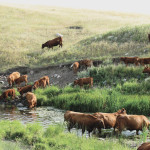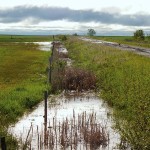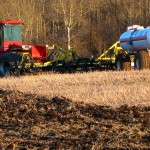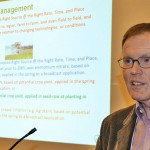
Tag Archives Water pollution

Investors press meat producers to cut water pollution

Check water quality before turning out livestock
Checking and monitoring water quality can help guard your livestock’s health and productivity

Prairie water woes need collective action, not more words
Excessive moisture and flooding in recent years have compounded the threat to Prairie lakes
Women’s 2015 conference focus on healthy soil
The Winkler event was well attended November 15 to 17

Fertilizer run-off is just one piece of the dead zone puzzle
More perennial crops and protecting wetlands would help reduce the low-to-no-oxygen zone in the Gulf of Mexico

KAP pleased with expansion of waterway accord
Ontario and Alberta have become the first provinces to agree to work with Manitoba and others to improve water health

Test your water before sending cattle out to pasture
Less run-off could make for water quality problems

Winter fertilizer prohibition lifted early, but can return if weather turns bad
The new policy considers soil conditions, not just the date

VIDEO: Touring the ebbs and flows on the Manitoba Escarpment, Part One
Deerwood Soil and Water Management Association studying effects of soil erosion, flooding

Four Rs keep the regulators at bay, MSSS hears
Right source, rate, time and place are the best guides for staying on the straight and narrow


